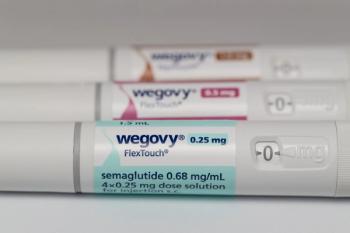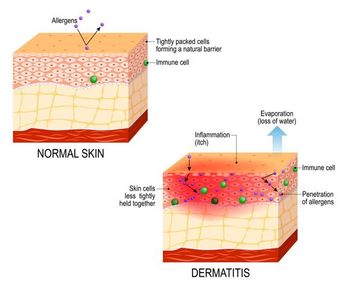
App Review: AHRQ Preventive Services Selector
For the busy primary care physician, the AHRQ ePSS delivers immediate, patient-specific screening recommendations.
In the United States, the US Preventive Services Task Force (USPSTF) is the definitive source of evidence-based guidelines for screening and preventive medicine. This group is made up of 16 volunteer members from diverse fields including family medicine, geriatrics, pediatrics, internal medicine, behavioral health, OB/GYN and nursing. The USPSTF is responsible for publishing recommendations on a broad list of topics from abdominal aortic aneurysm screening to youth violence counseling.After many years of publishing a paper guidebook, in 2006 the group created the electronic Preventive Services Selector (ePSS) tool as a means to keep health care providers up-to-date with the latest USPSTF recommendations. In 2011, the first version of the ePSS was launched in the Apple iTunes store, with numerous revisions over the ensuing years. Here we review version 3.01.01 for the iOS, as well as version 2.34.01 for Android.The app is designed to guide primary care physicians to preventive services appropriate for individual patients. The first screen upon opening the app (Figure 1, above) prompts the user for a few patient variables including age, sex (if female whether they are pregnant), lifetime tobacco use (yes/no) and sexual activity (yes/no). After submitting these patient characteristics, the USPSTF algorithm provides screening recommendations on a 4-grade scale. (Figure 2, above): Â
• Grades A & B: RecommendedÂ
• Grade C: Selectively RecommendedÂ
• Grade D: Not RecommendedÂ
• Grade I: UncertainAfter choosing a recommendation the user is given information on the data that went into making the recommendation, as well as the frequency with which this recommendation should be applied. The app also provides background on the rationale for the recommendation and in some cases, such as hypertension screening, provides links to treatment recommendations, in this case, through the JNC 8 Guidelines. These treatment recommendations are not built into the app and are arguably outside of the scope of the USPSTF.One of the most useful features of the app is that patient characteristics, ePSS screening recommendations, and notes about the patient can be saved in a patient profile for future use/reference/update (Figure 3, above). This allows a busy provider to prepare ahead of time for clinic and then bring up the specific recommendations at the time of the patient encounter. The app also provides an option to email or print the list of recommendations for each patient.The user interface for the Android app needs to be updated to Google’s Material Design standard, but the iPhone and iPad versions are contemporary with Apple’s iOS 10 design guidelines. Despite these inconsistencies in visual presentation, both versions of the app make the content easily accessible and are well laid out for the casual user to find the desired information.Though the title of the app may be clunky and hard to remember, this is an invaluable tool for any primary care provider. The app makes it fast and easy to look up all of the pertinent, evidence-based guidelines for the patient in front of you. The app is limited in providing treatment options and next steps if a screened condition is positive, but redirects the users to appropriate sources to obtain this information.Â
Newsletter
Enhance your clinical practice with the Patient Care newsletter, offering the latest evidence-based guidelines, diagnostic insights, and treatment strategies for primary care physicians.

































































































































































































































































































